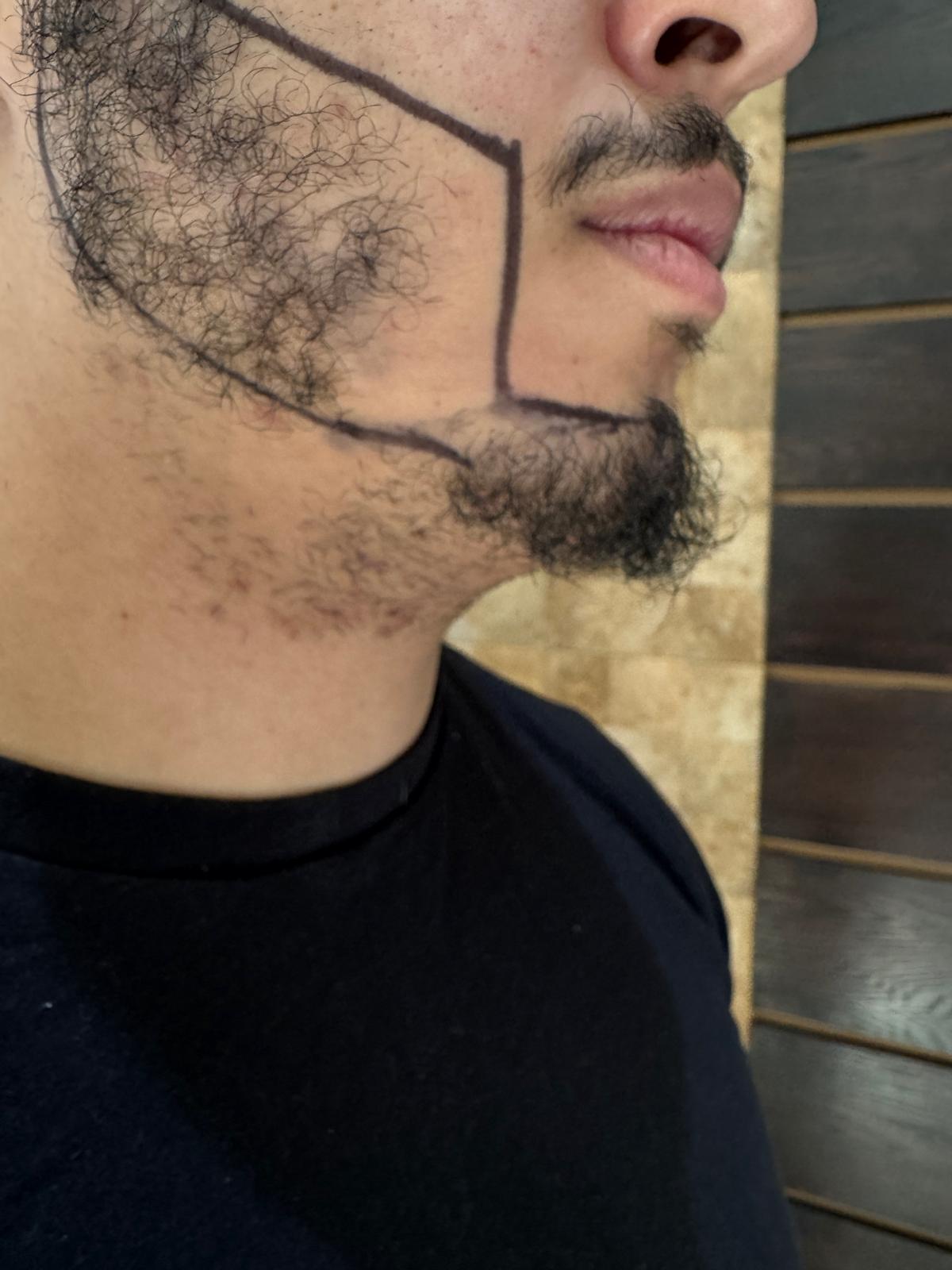Beard and Moustache
Transplantation
What is Beard and Moustache Transplantation?
Beard and moustache transplantation involves transferring hair follicles from the donor area to areas where the beard or moustache is sparse or absent. These facial features play a significant role in a man’s appearance, and gaps or thinning due to genetic, hormonal, or other factors are common. This method offers several benefits, including eliminating the need for hair removal in the transplanted areas, allowing for personalized shaping based on the patient’s preferences. Additionally, it helps restore or enhance facial features, contributing to a more mature and defined appearance.

What Are the Stages of Beard-Moustache Transplantation?
Before the beard and moustache transplantation, a consultation is conducted to assess the person’s medical history and identify whether genetic or hormonal factors are contributing to hair loss in these areas. Once the transplant area and required number of grafts are determined, the procedure is planned with careful consideration of the patient’s preferences, facial structure, and balding patterns to ensure aesthetic appeal.
The procedure involves the following steps:
1. Hair Follicle Extraction: Hair follicles are extracted from the donor area.
2. ncision Creation: Precise incisions are made in the designated areas, based on the pre-operative planning.
3. Follicle Implantation: The extracted hair follicles are inserted into the prepared incisions to ensure natural growth and alignment.
This process restores or enhances the beard and moustache, creating a fuller and more defined appearance.
What Needs to be Done after Beard-Moustache Transplantation?
After the beard and moustache transplantation, the doctor will apply a dressing and provide detailed post-operative care instructions. It’s common for the beard and moustache to enter a “shock-shedding” phase toward the end of the first month, but the final results are usually visible within four to eight months. To ensure optimal recovery and results, the following precautions should be taken:
1. Hydration: Drink plenty of water, especially during the first three to four days.
2. Mouth Movements: Avoid opening your mouth too wide when eating or yawning during the first ten days after the procedure.
3. Careful Dressing: Be cautious not to touch the transplanted area when putting on or removing a shirt or T-shirt to prevent disturbing the implanted follicles.
Following these guidelines will help support the healing process and improve the outcome of the transplant.


